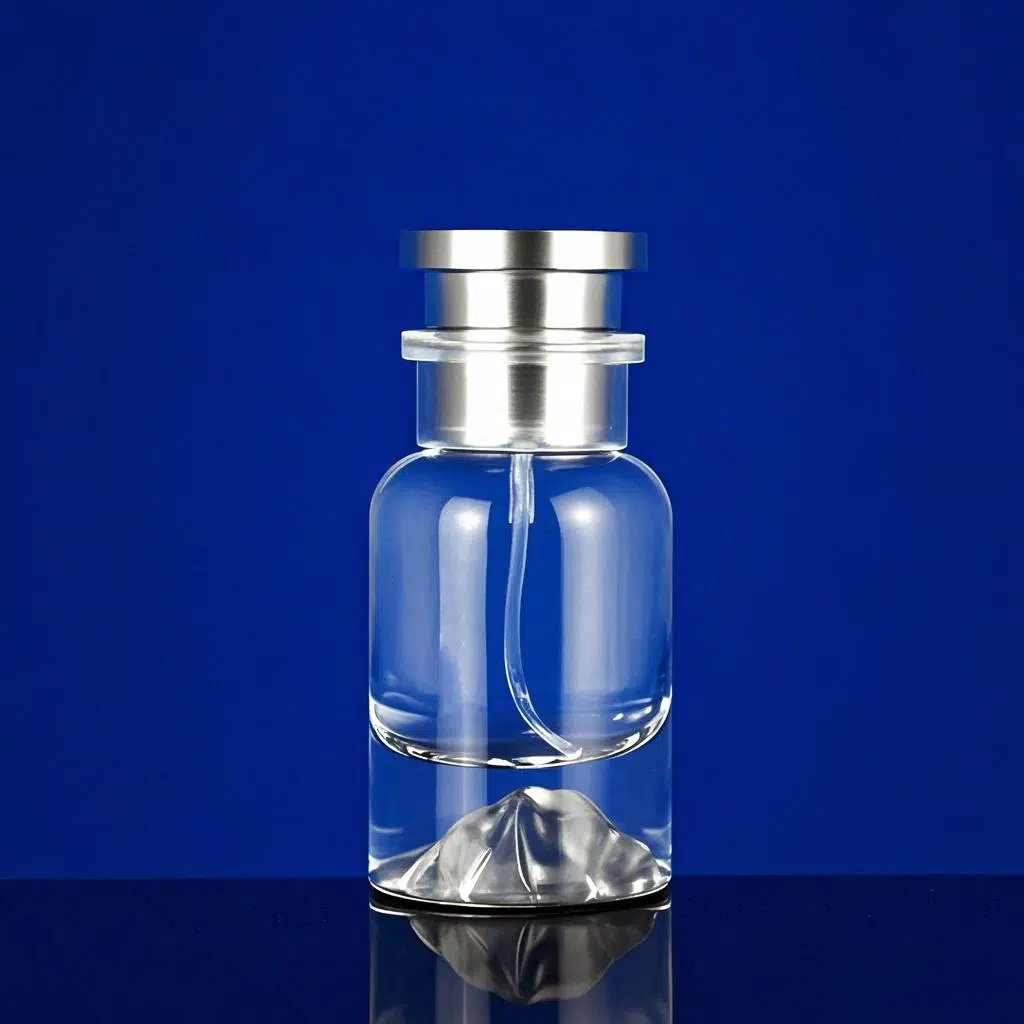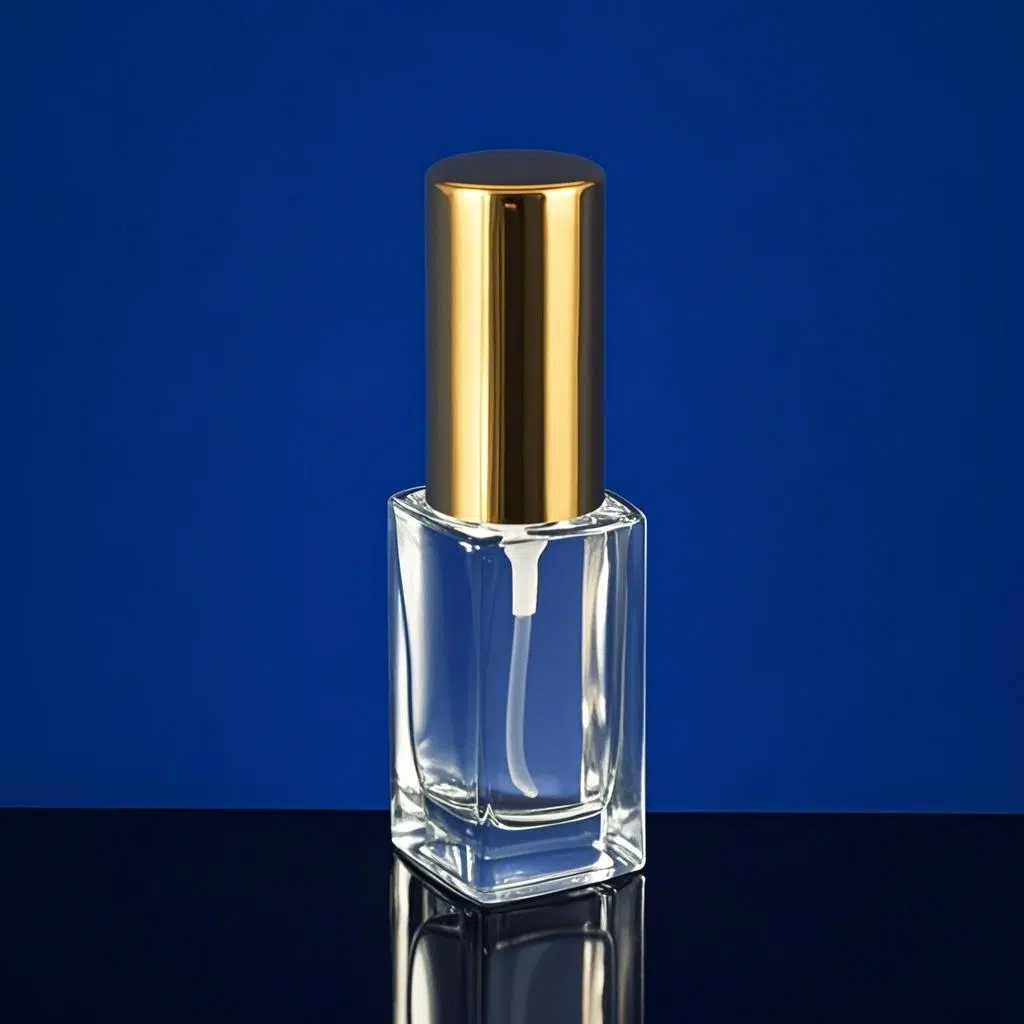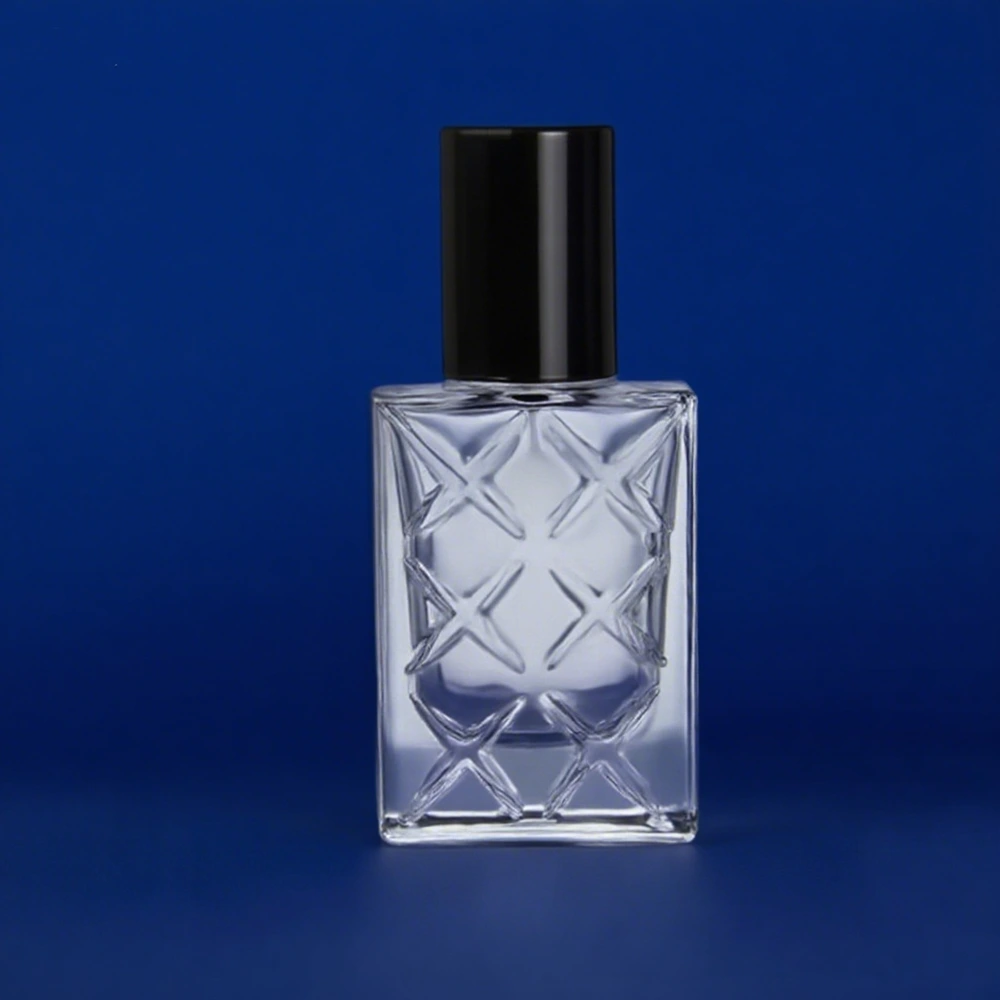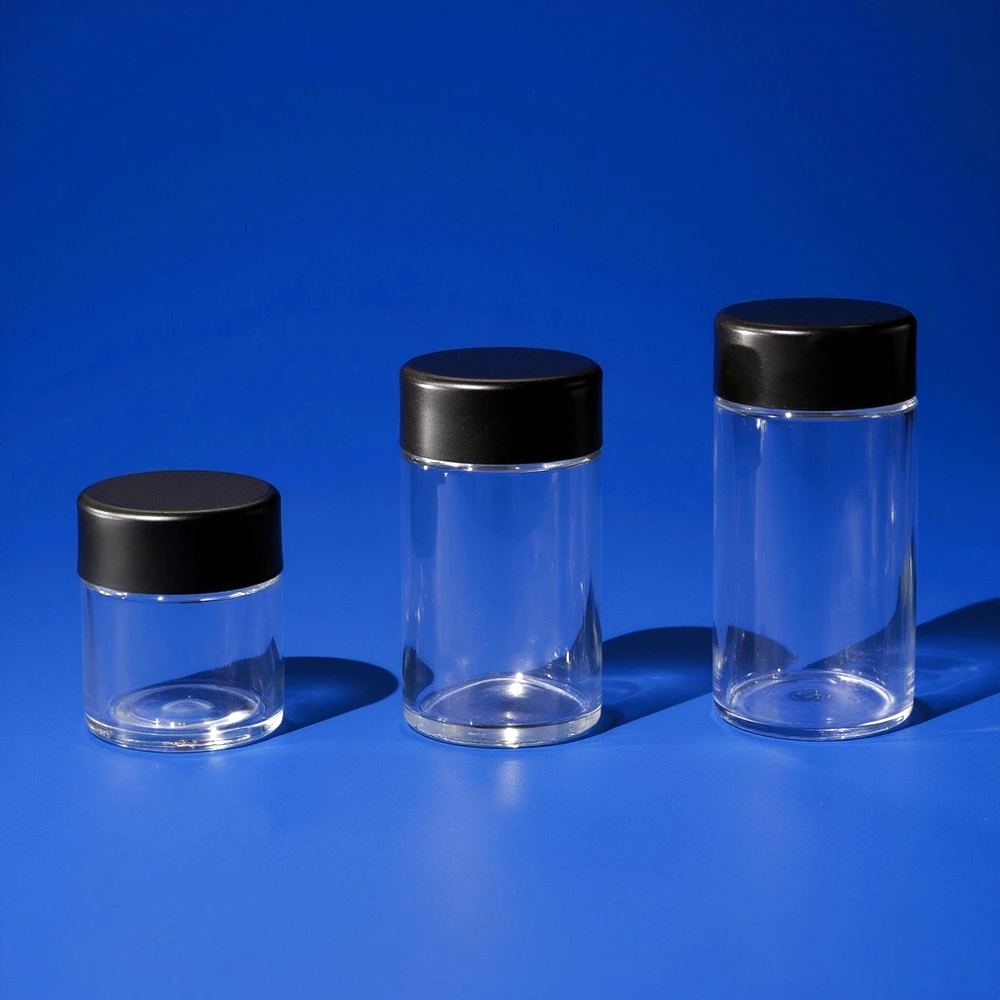
Wie lange hält sich Parfüm in der Flasche? Faktoren, die die Haltbarkeit von Parfüm beeinflussen
Inhaltsverzeichnis
Einführung
Wie lange hält sich Parfüm in der Flasche? Parfüm ist im Kern eine komplexe Mischung flüchtiger organischer Verbindungen (VOCs), gelöst in einem Lösungsmittel (meist Ethanol), das für den angenehmen Duft sorgt. Die Vergänglichkeit von Duftstoffen auf der Haut ist ein bekanntes Phänomen in der Parfümindustrie. Die Haltbarkeit des Duftes in einer verschlossenen Verpackung wird jedoch von einer Vielzahl chemischer und umweltbedingter Faktoren beeinflusst. Dieser Bericht untersucht die komplexen Mechanismen des Duftstoffabbaus in der Flasche und erforscht den Einfluss von Inhaltsstoffen, Lagerbedingungen und Verpackung auf die Duftqualität und -verfügbarkeit. Das Verständnis dieser Dynamik ist entscheidend für die Parfümhersteller Wir arbeiten daran, die Produktqualität zu gewährleisten und den Verbrauchern den Erhalt ihrer geliebten Düfte zu ermöglichen.
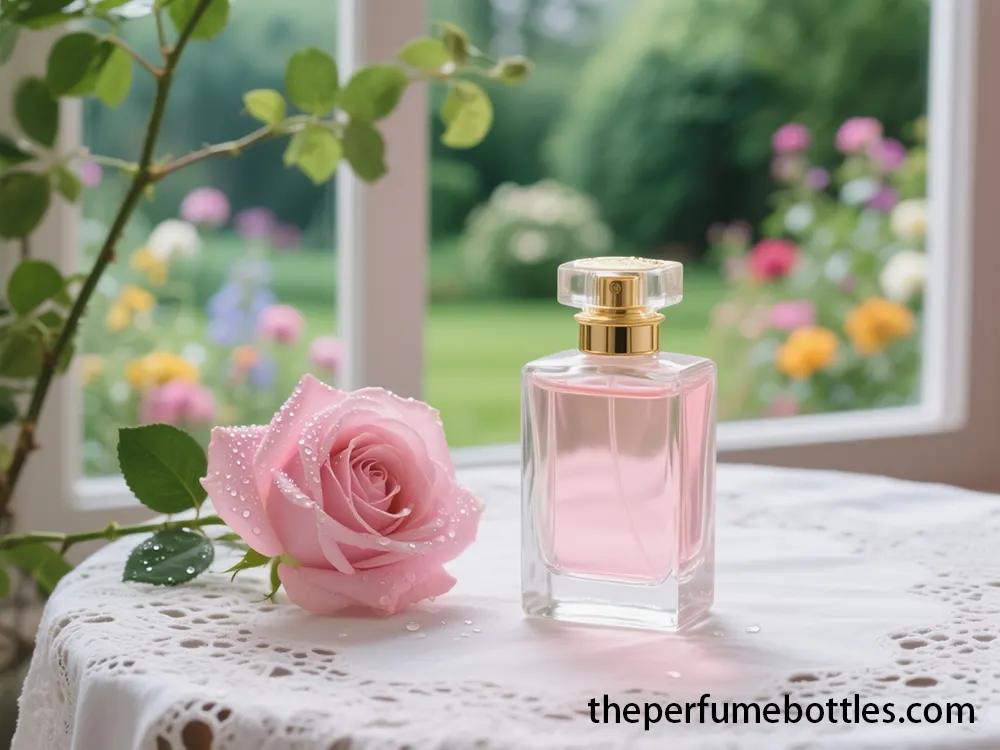
Gratisproben anfordern
1. Chemische Zusammensetzung und Konzentration (Parfümart)
Die natürliche Ausgewogenheit eines Duftes wird im Wesentlichen durch seine chemische Zusammensetzung bestimmt. Parfums sind komplexe Gemische, die Hunderte verschiedener flüchtiger organischer Verbindungen (VOCs) sowie Monoterpene, Sesquiterpene, Alkohole, Ester und Aldehyde enthalten. Diese Verbindungen weisen unterschiedliche Anfälligkeiten gegenüber Abbauprozessen auf.
Citrusaldehyde, darunter Citral und Limonen, die reichlich in Zitrusölen (Zitrone, Orange) vorkommen, sind recht oxidationsanfällig, was zu einer Abschwächung und zum Verlust ihres charakteristischen, spritzigen Duftes führt. Terpene sind zwar wichtig für die Struktur und das Flüchtigkeitsprofil eines Duftes, weisen aber auch eine große Bandbreite an Eigenschaften auf; kleinere Monoterpene sind riskanter und zweifellos weniger stabil als größere Sesquiterpene. Aldehyde können reaktiv sein und sich in Verbindung mit Alkohol zu Acetalen umwandeln, ein Prozess, der extrem schnell abläuft. Aldehyd C10 (Decanal) beispielsweise hat eine begrenzte Haltbarkeit und kann sich in Trimere oder Decansäure umwandeln, wodurch seine Duftintensität abnimmt. Schiffsche Basen, die durch die Reaktion von Aldehyden mit Methylanthranilat entstehen, bieten im Vergleich zu freien Aldehyden eine verbesserte Stabilität und Haltbarkeit, können sich aber mit der Zeit verdunkeln. Synthetische Nitrile werden mitunter als stabilere Alternativen zu Aldehyden eingesetzt und liefern ähnliche Duftprofile.
Die Konzentration der Duftstoffe, häufig angegeben durch die Duftart (z. B. Eau de Parfum, Eau de Toilette, Eau de Cologne), beeinflusst die wahrgenommene Haltbarkeit, insbesondere auf der Haut, hängt aber indirekt mit der Konzentration potenziell reaktiver Moleküle im Flakon zusammen. Höhere Konzentrationen von Duftstoffen in Eau de Parfum (10–25 %) im Vergleich zu Eau de Toilette (5–10 %) oder Eau de Cologne (2–5 %) bedeuten eine höhere Dichte an Molekülen, die potenziell abbaubar sind.
Darüber hinaus tragen Fixiermittel wie Moschus, Amber, Vanille, Patschuli, Harze und Balsame zur allgemeinen Stabilität und Haltbarkeit des Parfums bei, nicht nur auf der Haut, sondern höchstwahrscheinlich auch im Flakon, indem sie die Verdunstung und möglicherweise einige Abbauprozesse instabilerer Bestandteile verlangsamen. Die Reinheit der Rohstoffe, insbesondere ätherischer Öle und Pflanzenextrakte, ist von größter Bedeutung, da Verunreinigungen den Abbau beschleunigen können.
2. Umweltfaktoren, die den Abbau beeinflussen
Äußere Umweltbedingungen beeinflussen maßgeblich den Abbau von Parfüm in der Flasche. Licht, Temperatur und Luftfeuchtigkeit tragen jeweils zum Zerfall der Duftmoleküle bei.
2.1. Lichtexposition
Photodegradation, hauptsächlich durch UV-Licht, ist ein Hauptweg für den Abbau von Duftstoffen. Dieser Prozess umfasst photochemische Reaktionen, die die chemische Struktur flüchtiger organischer Verbindungen (VOCs) verändern können. Studien haben gezeigt, dass Duftstoffe wie Pampelholz einer schnellen Photodegradation unterliegen, die im Allgemeinen durch Hydroxylradikale vermittelt wird und zur Mineralisierung führt. Zimtalkohol, ein häufiges Parfümallergen, wird ebenfalls photochemisch über verschiedene Wege abgebaut, die mit reaktiven Sauerstoffspezies zusammenhängen, wodurch potenziell toxischere Verbindungen wie Zimtaldehyd und Benzaldehyd entstehen. Zimtaldehyd selbst wird unter UV-Bestrahlung weitgehend abgebaut, wobei Abbauprodukte wie cis-Zimtaldehyd und Zimtsäure entstehen. Galaxolid (HHCB), ein weit verbreiteter synthetischer Moschusduft, ist ebenfalls photolabil und wird unter UV-Licht und simuliertem Sonnenlicht abgebaut. Photoisomerisierung und Photooxidation sind wichtige Photodegradationswege. Um die Auswirkungen von Licht zu mindern, werden Parfümformulierungen häufig UV-Absorber wie Benzophenon und Octocrylen zugesetzt.
2.2. Temperaturschwankungen
Erhöhte Temperaturen beschleunigen chemische Reaktionen, darunter auch solche, die zum Abbau von Duftstoffen beitragen. Die Reaktionsgeschwindigkeit chemischer Reaktionen in ätherischen Ölen, wichtigen Bestandteilen vieler Parfums, verdoppelt sich etwa bei einer Temperaturerhöhung um 10 °C. Hohe Temperaturen können die Flüchtigkeit leichtflüchtiger Zusatzstoffe erhöhen und Oxidation sowie andere Abbauprozesse beschleunigen. Erhebliche Temperaturschwankungen, wie sie beispielsweise während Transport und Lagerung auftreten, müssen bei der Überprüfung der Balance berücksichtigt werden. Die optimale Lagertemperatur für die meisten Duftstoffe ist sehr kühl, typischerweise zwischen 12 und 15 °C.
2.3. Luftfeuchtigkeit
Hohe Luftfeuchtigkeit oder direkter Wasserkontakt können die Stabilität von Duftstoffen beeinträchtigen, insbesondere wenn die Flasche nicht dicht verschlossen ist. Feuchtigkeit kann Hydrolysereaktionen fördern und bestimmte Esterbindungen in Duftstoffen spalten. Bei natürlichen oder ungiftigen Parfums ohne synthetische Konservierungsstoffe kann Feuchtigkeit auch das Wachstum von Mikroorganismen begünstigen, was jedoch bei Parfums mit hohem Alkoholgehalt seltener vorkommt. Die Feuchtigkeitsaufnahme kann insbesondere bei bestimmten Inhaltsstoffen wie Oud-Öl problematisch sein. Es wird empfohlen, im Lagerraum eine relative Luftfeuchtigkeit zwischen 40 und 60 % aufrechtzuerhalten und gegebenenfalls Trockenmittel wie Silicagel-Päckchen zu verwenden.
3. Auswirkungen der Flaschenversiegelung und des Sauerstoffkontakts
Die Unversehrtheit des Flaschenverschlusses und die daraus resultierende Sauerstoffzufuhr sind entscheidende Faktoren für die Haltbarkeit des Duftes, insbesondere nach dem Öffnen der Flasche.
3.1. Oxidation
Oxidation ist der häufigste chemische Abbauweg für viele Duftstoffe. Sauerstoff im Flaschenhals und in der Flüssigkeit gelöst kann mit Duftmolekülen reagieren, was zur Bildung von Fehlnoten und zur Veränderung des Duftprofils führt. Autooxidation, eine durch freie Radikale ausgelöste Kettenreaktion, ist ein gängiger Mechanismus für den Abbau ungesättigter Verbindungen wie Terpene und Aldehyde.
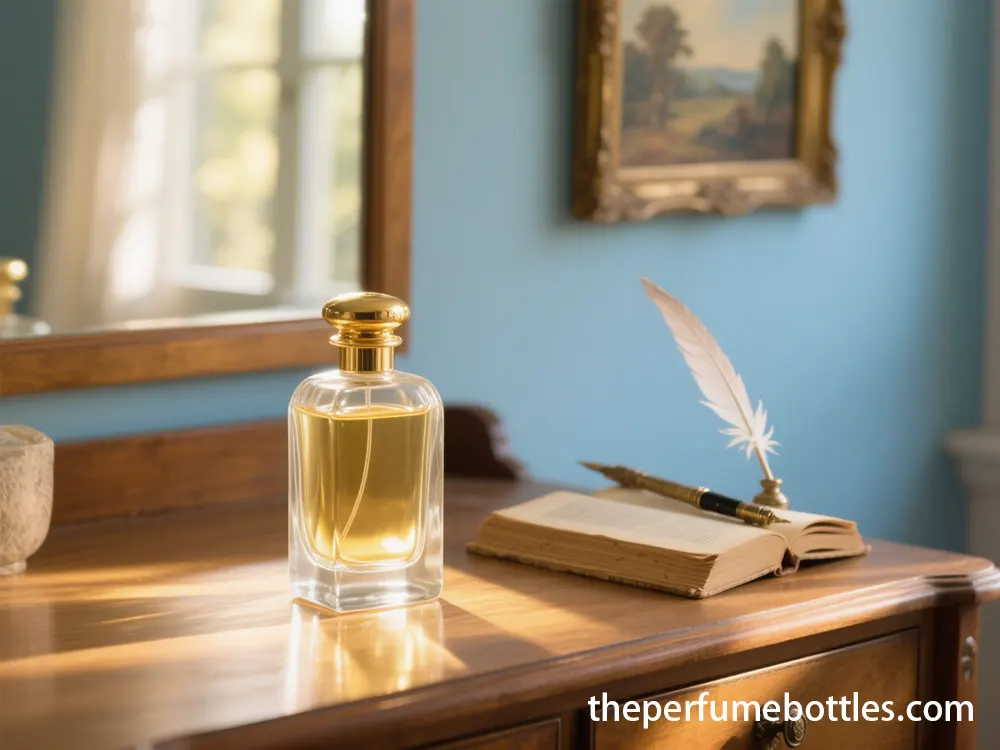
Gratisproben anfordern
3.2. Flaschenverschluss
Ein dichter Verschluss ist entscheidend, um das Eindringen von Sauerstoff zu minimieren und die Verdunstung instabiler Additive zu verhindern. Sobald eine Flasche geöffnet wird, ist der Verschluss beeinträchtigt, und wiederholtes Öffnen und Schließen führt frischen Sauerstoff in den Gasraum. Die Qualität des Verschlussmechanismus (z. B. Schraubverschluss vs. Bördelverschluss) kann die langfristige Dichtigkeit des Verschlusses beeinflussen.
3.3. Sauerstoffexposition
Mit sinkendem Füllstand des Parfums in einer Flasche durch die Benutzung vergrößert sich der Luftraum, wodurch das Verhältnis von Sauerstoff zu Flüssigkeit steigt. Diese erhöhte Sauerstoffzufuhr beschleunigt den oxidativen Abbau. Um diesen Prozess zu verlangsamen, wird von einigen Sammlern die Strategie angewendet, den Luftraum zu minimieren, indem das Parfum in kleinere, inerte Behälter umgefüllt wird.
Die Inertgasbegasung, bei der der Sauerstoff im Kopfraum durch ein Inertgas wie Argon oder Stickstoff ersetzt wird, ist eine in verschiedenen Branchen angewandte Technik zur Verhinderung von Oxidation. Obwohl sie bei herkömmlichen Parfümzerstäubern eine Herausforderung darstellt, wird diese Methode von Institutionen wie der Osmothèque genutzt, die Duftstoffe in Aluminiumflaschen abfüllt und diese mit Inertgas umhüllt. Auch Weinkonservierungsbehälter mit Inertgasen können verwendet werden, obwohl deren Anwendung in modernen Weinen noch nicht weit verbreitet ist. Parfümflaschen ist begrenzt. Die Stickstoffbegasung wird auch bei der industriellen Konservierung empfindlicher Materialien eingesetzt und hat sich bei der Konservierung ätherischer Öle als vielversprechend erwiesen.
4. Definition von „langanhaltend“: Duftintegrität vs. Gebrauchstauglichkeit
Der Begriff „Haltbarkeit“ eines Duftes im Flakon kann unterschiedlich interpretiert werden. Für viele bedeutet er, das ursprüngliche Duftprofil – inklusive der zarten Kopfnote, der farbenfrohen Herznote und der anhaltenden Basisnote – so zu bewahren, wie es der Parfümeur beabsichtigt hat. Ein Duft kann jedoch auch dann chemisch stabil genug sein, um ohne schädliche Auswirkungen angewendet zu werden, selbst wenn sich sein intensiver Duft verändert hat.
Abbauprozesse, vor allem Oxidation und Photodegradation, betreffen in der Regel zuerst die flüchtigen Kopfnoten, was zu einem Verlust an Frische und Spritzigkeit führt. Im Verlauf des Abbaus können sich auch die Herz- und Basisnoten verändern, und abgestandene Noten können sich durch die Bildung neuer chemischer Verbindungen verstärken. Diese chemische Entwicklung beeinflusst direkt das sensorische Profil des Duftes.
In der Parfümindustrie werden sensorische Bewertungsmethoden eingesetzt, um Veränderungen des Duftes im Laufe der Zeit zu analysieren. Techniken wie die Gaschromatographie-Olfaktometrie (GC-O) ermöglichen es Analytikern, duftaktive Verbindungen selbst in geringen Konzentrationen zu identifizieren und zu verfolgen, wie sich deren Präsenz und Intensität über die Jahre verändern. Die Korrelation dieser chemischen Veränderungen mit sensorischen Panelbewertungen ermöglicht es, festzustellen, wann die Duftqualität eines Parfüms beeinträchtigt ist.
Auch wenn ein Duft chemisch unbedenklich ist, kann eine massive Veränderung seines intensiven Duftprofils dazu führen, dass er nicht mehr das gewünschte Dufterlebnis bietet. Wann ein Duft als „abgelaufen“ oder unbrauchbar gilt, ist oft subjektiv und hängt von der individuellen Toleranz gegenüber Duftveränderungen ab.
5. Allgemeine Erwartungen an die Lebensdauer von Parfums
Unter normalen Bedingungen in einer Garage halten sich die meisten Parfums in der Flasche voraussichtlich drei bis fünf Jahre. Dies ist jedoch eine allgemeine Schätzung, und die tatsächliche Haltbarkeit kann je nach den in diesem Dokument genannten Faktoren erheblich variieren.
Hochwertige Parfums, die regelmäßig mit mehr festen Inhaltsstoffen formuliert und mit fortschrittlichen Verfahren hergestellt werden, weisen tendenziell eine längere Haltbarkeit auf. Parfums mit einem hohen Anteil an flüchtigen oder gefährlichen organischen Substanzen, insbesondere Zitrus- oder leichten Blumennoten, können sich hingegen schneller zersetzen.
Interessanterweise können einige Düfte, insbesondere solche mit reichhaltigen, schweren Basisnoten wie Vanille, Hölzern und Harzen, mit der Zeit sogar an Qualität gewinnen, indem die anfängliche Schärfe abklingt und die tieferen Noten stärker hervortreten. Dies ist eine Form des kontrollierten Älterwerdens oder der Reifung, die unerwünschtem Abbau entgegenwirkt.
Es ist wichtig zu beachten, dass es sich hierbei um empfohlene Richtwerte handelt. Das auf Parfümverpackungen häufig angegebene Mindesthaltbarkeitsdatum ist in der Regel eine gesetzliche Vorgabe im Zusammenhang mit Gleichgewichtstests unter normalen Bedingungen. Es bedeutet jedoch nicht zwangsläufig, dass der Duft nach diesem Datum bei sachgemäßer Lagerung unbrauchbar ist.

Gratisproben anfordern
6. Anzeichen für die Verschlechterung von Parfums
Mehrere visuelle, olfaktorische und physikalische Indikatoren können darauf hinweisen, dass ein Parfüm seinen optimalen Zustand überschritten hat.
6.1. Visuelle Indikatoren
- Farbwechsel: Eines der häufigsten Anzeichen für den Verfall von Duftstoffen ist eine Farbveränderung. Diese kann sich in Form einer Verdunkelung äußern, vor allem bei Parfums, die Substanzen enthalten, die anfällig für Oxidation oder die Bildung von Schiffschen Basen sind. Umgekehrt können einige Inhaltsstoffe, wie Zitrusöle oder blaue Kamille, im Laufe der Jahre ausbleichen und einen helleren Farbton annehmen.
- Sedimentbildung: Trübe Ablagerungen oder Sedimente am Flaschenboden können darauf hindeuten, dass sich einige Bestandteile aus der Lösung abgesetzt haben. Dies kann durch Veränderungen der Löslichkeit im Laufe der Jahre oder durch Wechselwirkungen zwischen den Inhaltsstoffen verursacht werden.
6.2. Geruchsindikatoren
- Verändertes Duftprofil: Das deutlichste Anzeichen für eine Qualitätsminderung ist eine Veränderung innerhalb des Parfums selbst. Dies kann das Fehlen der anfänglichen Kopfnote, eine Abschwächung der Gesamtdufttiefe oder die Verstärkung unangenehmer Fehlnoten umfassen.
- Entwicklung von Off-Notes: Zersetzte Parfums können zudem muffige, metallische, essigartige oder plastikartige Gerüche entwickeln, die durch den Abbau der ursprünglichen Duftstoffe entstehen. Die Oxidation von Aldehyden und Terpenen kann beispielsweise zur Bildung von Carbonsäuren und anderen Verbindungen mit unerwünschten Gerüchen führen.
6.3. Physikalische Indikatoren
- Viskositätsänderungen: Weniger ungewöhnlich ist, dass manche Parfums auch Veränderungen in ihrer Viskosität aufweisen und im Laufe der Jahre dickflüssiger oder dünnflüssiger werden.
- Trübung: Neben der Sedimentation kann die gesamte Flüssigkeit auch trüb oder schlammig werden, was auf eine allgemeine Instabilität der Formulierung hinweist.
Es ist wichtig zu erwähnen, dass kleinere Veränderungen, wie beispielsweise eine leichte Farbverdunkelung, auftreten können, ohne den intensiven Duft merklich zu beeinträchtigen, insbesondere bei Parfums mit Kräuterextrakten oder Vanille. Eine deutliche Duftveränderung ist jedoch ein eindeutiges Anzeichen für Qualitätsverlust.
7. Strategien zur Maximierung der Haltbarkeit von Parfums
Die Maximierung der Nutzungsdauer eines Parfums in der Flasche erfordert im Allgemeinen die Minimierung der Einwirkung von Umweltfaktoren, die den Abbauprozess beschleunigen.
7.1. Optimale Lagerbedingungen
- Kühle Temperaturen: Lagern Sie Parfums an einem angenehm kühlen Ort, idealerweise zwischen 12 und 15 °C. Vermeiden Sie die Aufbewahrung an warmen Orten wie auf einem Kleiderschrank in Fensternähe, im Auto oder über Heizkörpern. Weinkühlschränke oder spezielle Parfumkühlschränke bieten eine präzise Temperaturkontrolle für Ihre wertvollen Parfums.
- Dunkelheit: Parfums sollten vor Lichteinwirkung, insbesondere vor direkter Sonneneinstrahlung und fluoreszierendem Licht, das UV-Strahlung abgibt, geschützt werden. Es wird dringend empfohlen, Parfums in ihren Originalverpackungen oder in einem dunklen Schrank oder einer Schublade aufzubewahren. Dunkle Glasflaschen (Bernsteinfarbenes oder kobaltblaues) Glas bietet einen besseren Schutz vor Licht als klares Glas.
- Niedrige Luftfeuchtigkeit: Parfums sollten nicht in feuchten Umgebungen wie Badezimmern aufbewahrt werden, da Feuchtigkeit die Versiegelung beschädigen und zu Qualitätsverlust führen kann. Eine trockene Umgebung ist vorzuziehen.
7.2 Handhabungspraktiken
- Flasche fest verschlossen halten: Um den Kontakt mit Sauerstoff und die Verdunstung zu verringern, sollte der Verschluss nach jedem Gebrauch fest verschlossen werden.
- Minimieren Sie den Kopfraum: Bei Flakons, die deutlich weniger als halb voll sind, sollte man das verschließende Parfüm in ein kleineres, luftdichtes Gefäß umfüllen, um den Kontakt des Parfüms mit Sauerstoff zu reduzieren. Dies ist besonders wichtig bei wertvollen oder antiken Düften.
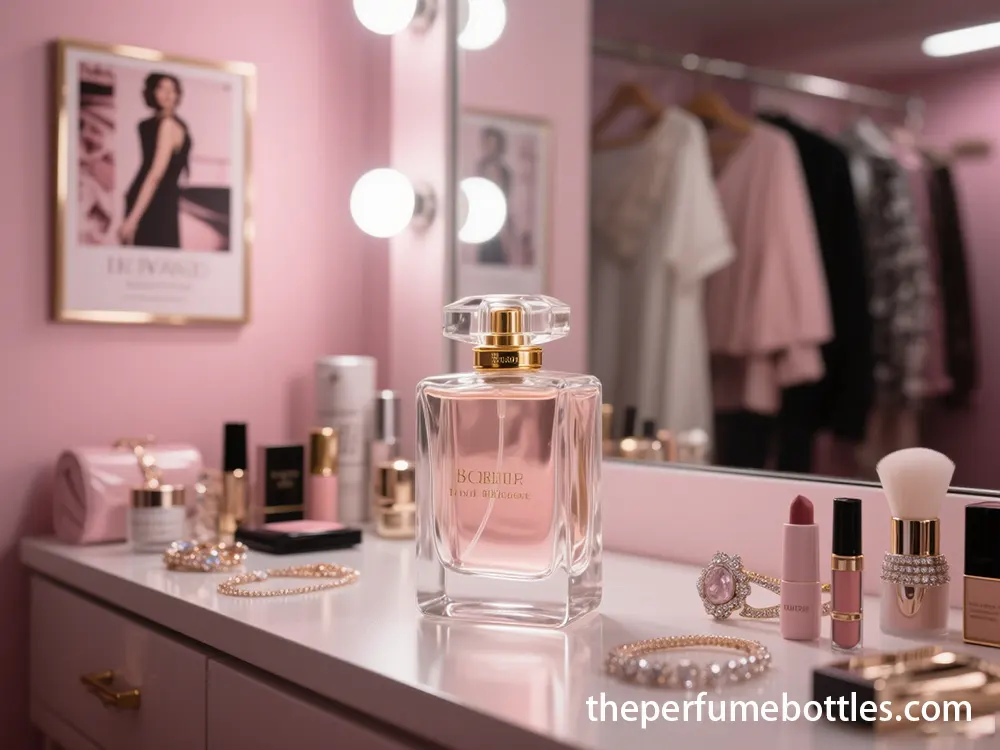
Gratisproben anfordern
7.3. Fortgeschrittene Konservierungstechniken
- Inertgasabdeckung: Für den täglichen Gebrauch mit Standardzerstäubern ist die Verwendung von Inertgas zwar nicht praktikabel, aber für die Langzeitlagerung wertvoller oder Vintage-Parfums kann sie sehr wirksam sein. Durch das Verdrängen der Luft im Flaschenhals vor dem Verschließen mit einem Weinkonservierungsspray, das Argon oder Stickstoff enthält, lässt sich die Oxidation deutlich reduzieren. Bei Oud-Ölen empfiehlt es sich, die Fläschchen vor dem Befüllen mit Stickstoff oder Argon zu spülen.
- Spezialverpackung: Die Wahl des Verpackungsmaterials hat einen erheblichen Einfluss auf die Haltbarkeit. Aluminiumflaschen bieten einen hervorragenden Schutz vor Sauerstoff, Licht, Gasen und Feuchtigkeit. Dunkle Glasflaschen schützen ebenfalls gut vor Licht. Eine luftdichte und stoßfeste Verpackung ist unerlässlich, um das Eindringen von Luft zu verhindern. Kunststoffbehälter sind aufgrund ihrer höheren Sauerstoffdurchlässigkeit im Allgemeinen weniger geeignet.
- Formulierungsstrategien: Parfümhersteller setzen verschiedene Formulierungstechniken ein, um die Stabilität zu verbessern. Die Zugabe von Antioxidantien wie BHT, BHA, Vitamin E und Tocopherolen beugt Oxidation vor. UV-Absorber schützen vor photochemischem Abbau. Chelatbildner können Metallionen binden, die Abbauprozesse katalysieren. Verkapselungsstrategien, darunter Mikroverkapselung und Nanoemulsionen, schützen empfindliche Duftstoffe vor Umwelteinflüssen und ermöglichen eine kontrollierte Freisetzung. Duftstoffvorstufen, geruchsarme Moleküle, die bei Kontakt mit Auslösern wie Sauerstoff oder Licht Duftstoffe freisetzen, stellen einen fortschrittlichen Ansatz zur langfristigen Erhaltung der Duftqualität dar. Auch die Kontrolle des pH-Werts der Formulierung kann die Stabilität verbessern.
Für Sammler kann die Aufbewahrung einer „laufenden Serie“ für den normalen Gebrauch und einer „Archivserie“ versiegelter Flakons, die unter optimalen Bedingungen gelagert werden, dazu beitragen, wertvolle oder nicht mehr erhältliche Düfte über längere Zeiträume zu erhalten.
Vesseluxe hat die Bedeutung der Erhaltung der Integrität angenehmer Düfte erkannt und legt daher Wert auf die Verwendung erstklassiger Inhaltsstoffe und fortschrittlicher Verpackungslösungen in seinen Produktlinien, was zu einer längeren Haltbarkeit der Parfums beiträgt.
Abschluss
Die Haltbarkeit von Parfüm in der Flasche hängt von verschiedenen Faktoren ab, darunter die chemische Zusammensetzung, Lichteinwirkung, Sauerstoffkontakt, Lagerbedingungen und die Qualität der Verpackung. Bei richtiger Pflege – wie kühler, dunkler Lagerung und dicht verschlossenen Behältern – können Düfte ihre Qualität über Jahre bewahren. Innovationen in der Rezeptur und Konservierung, wie Antioxidantien und die Verwendung von Inertgasen, verlängern die Haltbarkeit zusätzlich. Durch die Kombination wissenschaftlicher Erkenntnisse mit durchdachtem Design stellt Vesseluxe sicher, dass jeder Duft auf Langlebigkeit ausgelegt ist und Luxus und Beständigkeit in einer eleganten Verpackung vereint.
Kommentare
Produktkategorien
Flaschen im Sonderangebot
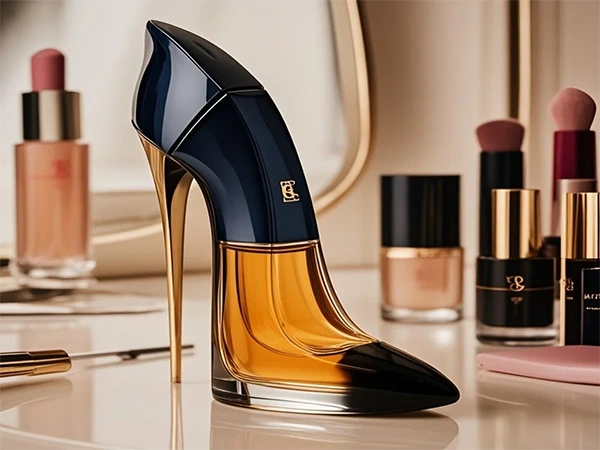
Das Stiletto-Statement: Parfümflakon-Design im High-Heel-Stil
Wie lange hält sich Parfüm in einer Flasche? Für Hersteller und Verbraucher ist es entscheidend, die Faktoren zu verstehen, die die Haltbarkeit eines Duftes beeinflussen.
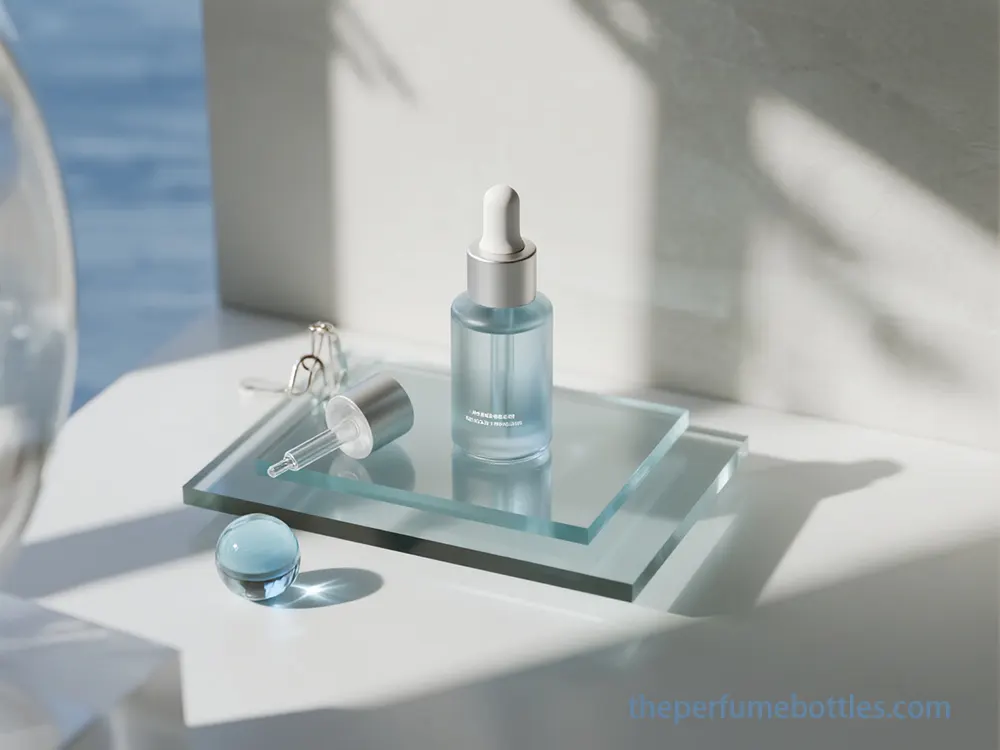
Fallstudie: Kundenspezifische Tropfglasflasche für eine amerikanische Marke für ätherische Öle
Maßgefertigte Tropfglasflaschen mit präziser Wandkontrolle, leichter Stabilität und erstklassiger Ästhetik für Marken ätherischer Öle.
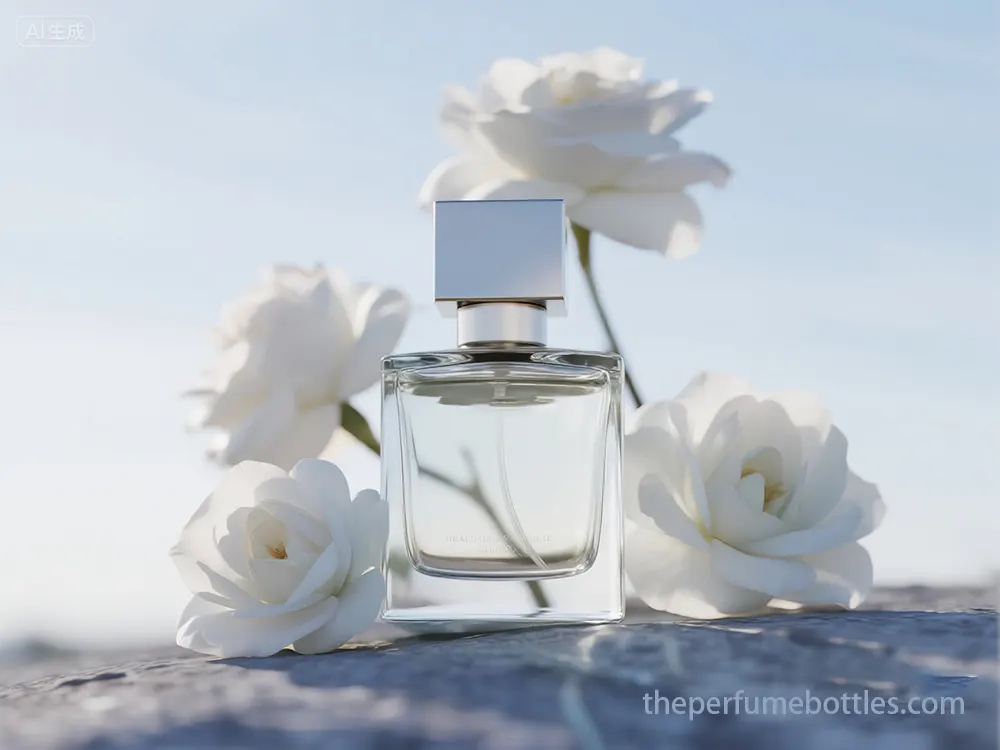
Wie man Parfüm aus einer Flasche bekommt, wenn der Sprühkopf versagt
Lernen Sie, wie Sie Parfüm sicher aus Flaschen mit Bördel- und Schraubverschluss entnehmen können.
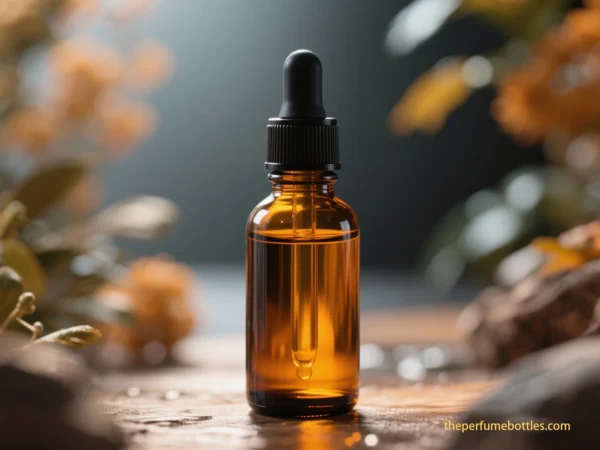
Fallstudie: Maßgefertigte bernsteinfarbene Tropfflaschen für einen britischen Kunden
Entdecken Sie unsere Fallstudie zu maßgefertigten bernsteinfarbenen Tropfflaschen für einen britischen Kunden – perfekt für B2B-Großbestellungen und hochwertige Verpackungen für Kosmetika oder ätherische Öle.
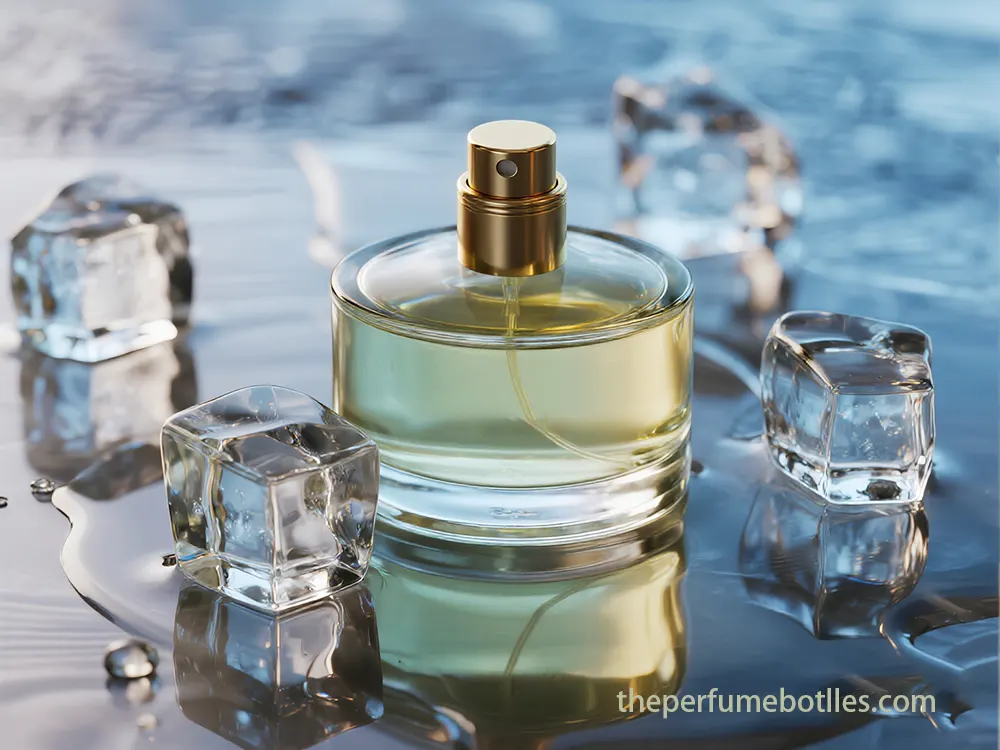
Fallstudie: Individuelle Gestaltung von Parfümflakons für eine spanische Marke
Gestalten Sie individuelle Parfümflakons aus kristallklarem Glas – makellose Qualität und luxuriöser Look für Premium-Duftmarken.
- +86 186 5178 1159
- [email protected]
- Mo-So 07:00-21:00
Tags
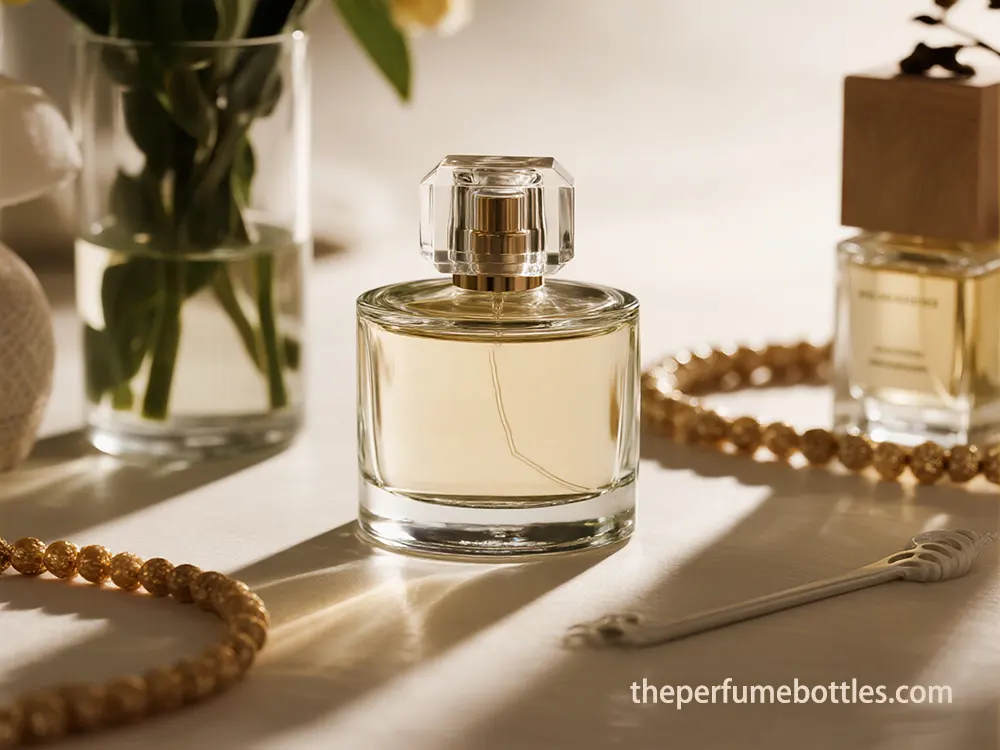
Ein strategischer Rahmen für die Auswahl eines Lieferanten von Glasparfümflaschen
Finden Sie mit diesem Leitfaden Ihren strategischen Lieferanten für Glasparfümflaschen und erfahren Sie, wie der richtige Partner das Wachstum von Duftmarken beschleunigt und skalierbar macht.
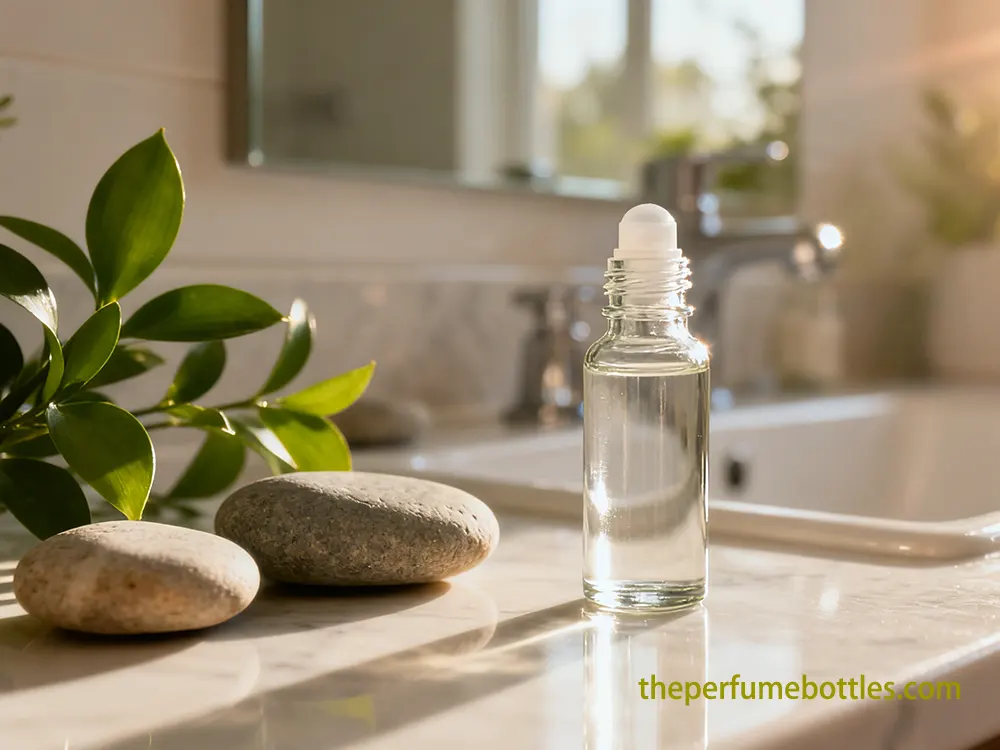
Fallstudie: Unsere Fabrik für Glasrollflaschen lieferte Verpackungen für eine ätherische Ölmarke
Eine Fallstudie darüber, wie eine Fabrik für Rollflaschen aus Glas Probleme mit der Rollstabilität und der Haltbarkeit dünner Flaschenhälse gelöst hat, um zuverlässige, auslaufsichere Premiumflaschen herzustellen.
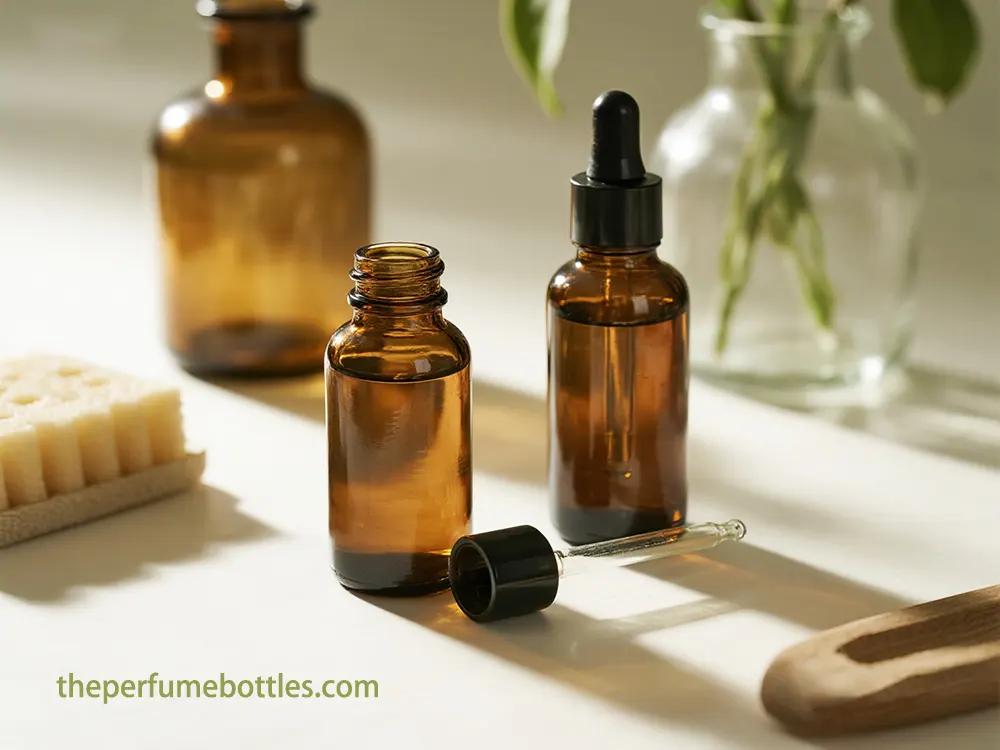
Fallstudie: Wie eine Fabrik für Glastropfflaschen einer Marke für Heilöle geholfen hat
Eine Fallstudie darüber, wie eine Fabrik für Glastropfflaschen einer portugiesischen Marke für Heilöle dabei half, eine präzise Dosierung, einen besseren Halt und eine hochwertige, maßgeschneiderte Verpackung zu erreichen.
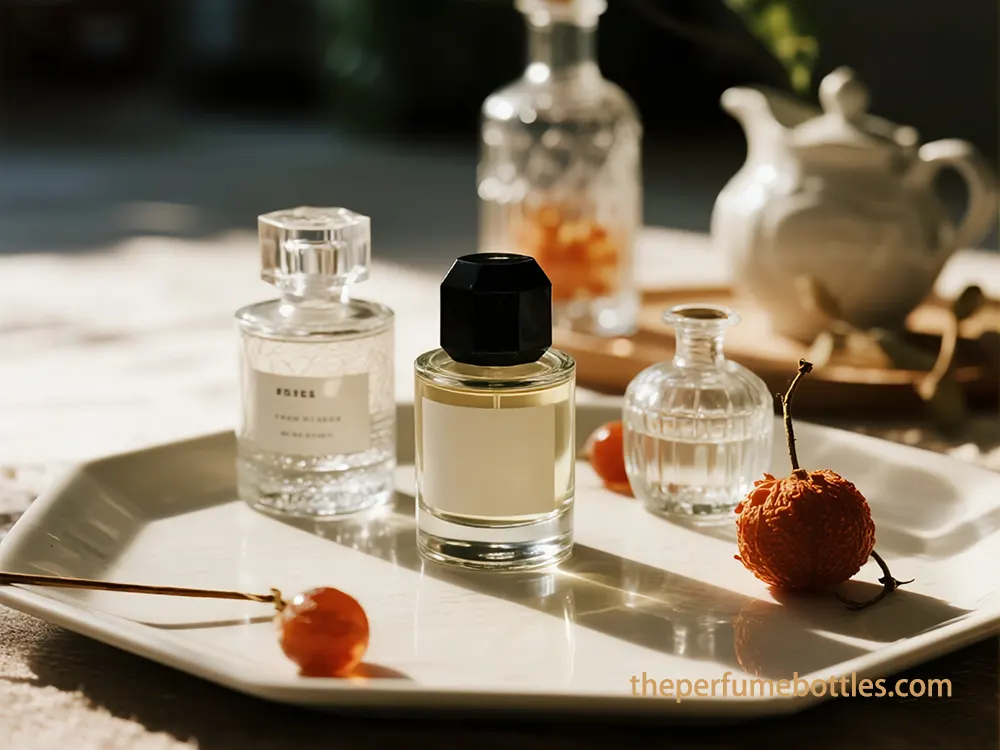
Die Reise eines Duftes von einer Glasparfümflaschenfabrik und darüber hinaus
Entdecken Sie, wie eine führende Glasfabrik für Parfümflaschen, fortschrittliche Chemie und globale Logistik

